Can Iran's Onice Viola Onyx be used exterior applications in very windy climates?
The Onice Viola Onyx is a natural stone material commonly used for interior applications such as countertops, backsplashes, and flooring. While it is possible to use it for exterior applications in windy climates, there are certain considerations to keep in mind.
1. Durability: Onyx is a softer and more delicate stone compared to other natural stones like granite or quartzite. In very windy climates, there is a higher risk of the stone getting damaged by flying debris or strong gusts of wind. The stone may chip or break under extreme conditions.
2. Maintenance: Onyx requires regular maintenance to preserve its beauty. It is susceptible to scratching, staining, and etching. Wind-blown dust, debris, or sand particles can cause abrasion or erosion on the surface of the stone, making it lose its luster over time. Regular cleaning, sealing, and protection measures would be necessary.
3. Color Fading: Onyx is known for its unique and vibrant color patterns. These colors can fade when exposed to harsh weather conditions, including heavy winds, UV radiation, and temperature fluctuations. The repeated exposure to sunlight and wind may cause the colors to dull or lose their intensity over time.
4. Water Damage: Onyx is a porous stone and can absorb moisture if not properly sealed. In windy climates with rain, snow, or high humidity, water can penetrate the stone, leading to staining, discoloration, and potential structural damage. Regular sealing and protection are crucial to prevent water damage.
In conclusion, while it is technically possible to use Onice Viola Onyx for exterior applications in windy climates, it is important to consider its lower durability, higher maintenance needs, potential color fading, and susceptibility to water damage. It is recommended to consult with a professional stone supplier or installer who can provide specific guidance based on the local climate and conditions.
The Onice Viola Onyx is a natural stone material commonly used for interior applications such as countertops, backsplashes, and flooring. While it is possible to use it for exterior applications in windy climates, there are certain considerations to keep in mind.
1. Durability: Onyx is a softer and more delicate stone compared to other natural stones like granite or quartzite. In very windy climates, there is a higher risk of the stone getting damaged by flying debris or strong gusts of wind. The stone may chip or break under extreme conditions.
2. Maintenance: Onyx requires regular maintenance to preserve its beauty. It is susceptible to scratching, staining, and etching. Wind-blown dust, debris, or sand particles can cause abrasion or erosion on the surface of the stone, making it lose its luster over time. Regular cleaning, sealing, and protection measures would be necessary.
3. Color Fading: Onyx is known for its unique and vibrant color patterns. These colors can fade when exposed to harsh weather conditions, including heavy winds, UV radiation, and temperature fluctuations. The repeated exposure to sunlight and wind may cause the colors to dull or lose their intensity over time.
4. Water Damage: Onyx is a porous stone and can absorb moisture if not properly sealed. In windy climates with rain, snow, or high humidity, water can penetrate the stone, leading to staining, discoloration, and potential structural damage. Regular sealing and protection are crucial to prevent water damage.
In conclusion, while it is technically possible to use Onice Viola Onyx for exterior applications in windy climates, it is important to consider its lower durability, higher maintenance needs, potential color fading, and susceptibility to water damage. It is recommended to consult with a professional stone supplier or installer who can provide specific guidance based on the local climate and conditions.
 Iran
Iran














 China
China
 13YRDiamond members are premium members on platform, providing members with comprehensive approach to promoting their products, increasing products exposure and investment return to maximize.
13YRDiamond members are premium members on platform, providing members with comprehensive approach to promoting their products, increasing products exposure and investment return to maximize.
 Verified Supplier is for prove company authenticity,including business license,trade license and effective office space,to enhance buyers' trust to suppliers and their products, reducing communication costs.
Verified Supplier is for prove company authenticity,including business license,trade license and effective office space,to enhance buyers' trust to suppliers and their products, reducing communication costs.

 China
China

 China
China






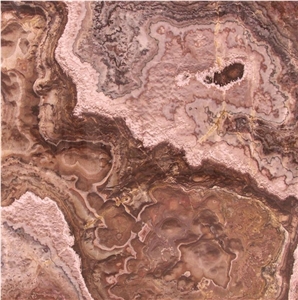
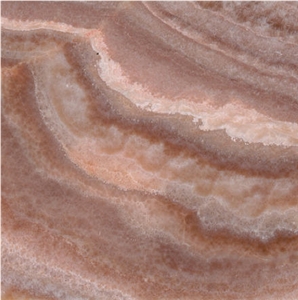
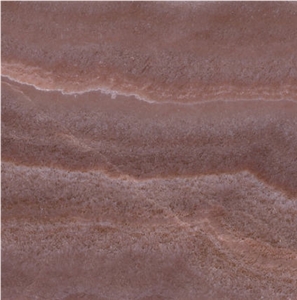
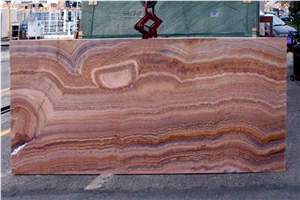
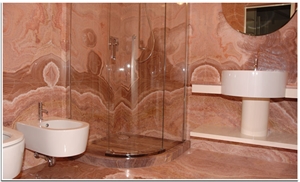
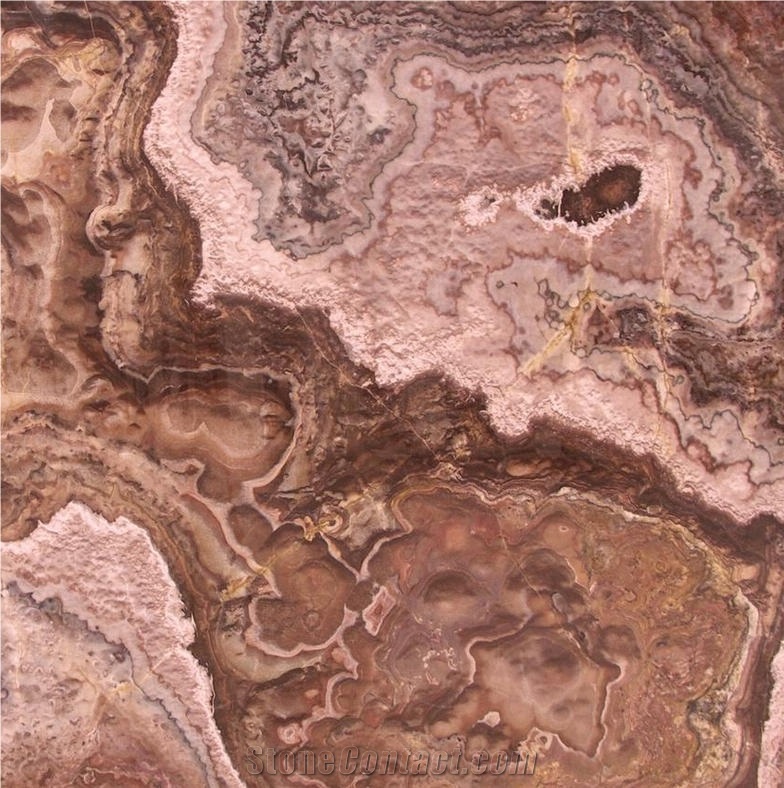
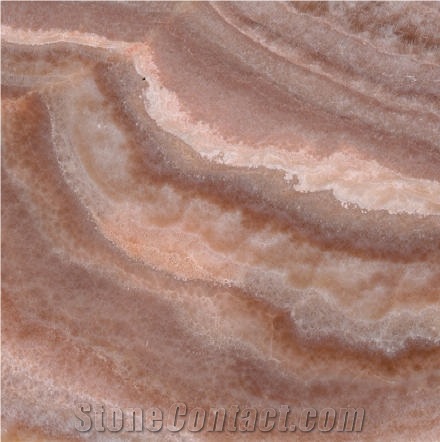
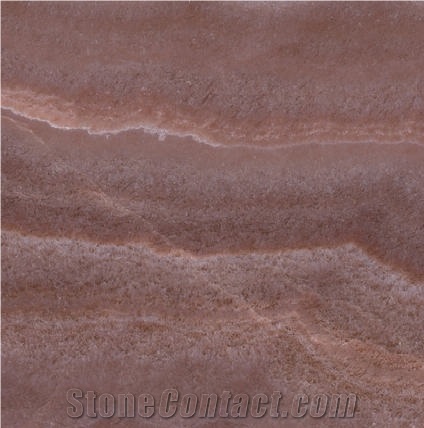
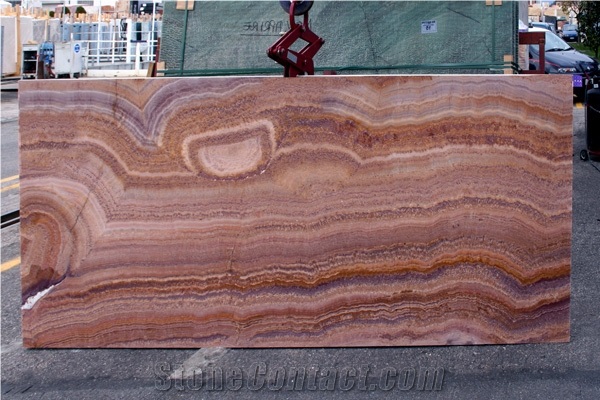
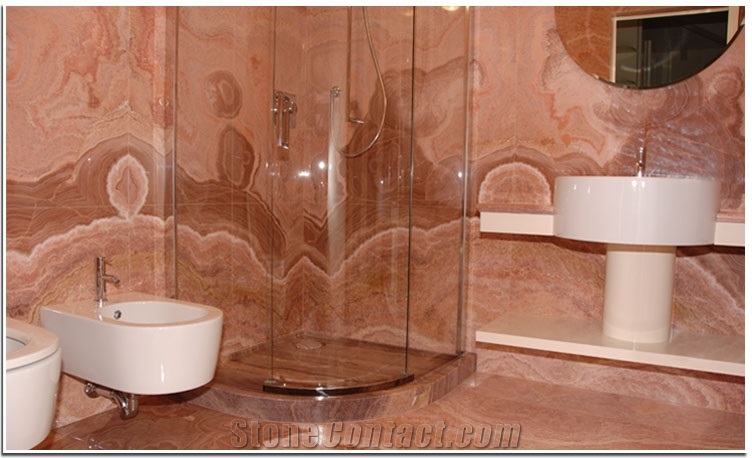
 Czech Republic
Czech Republic Romania
Romania United States
United States Italy
Italy